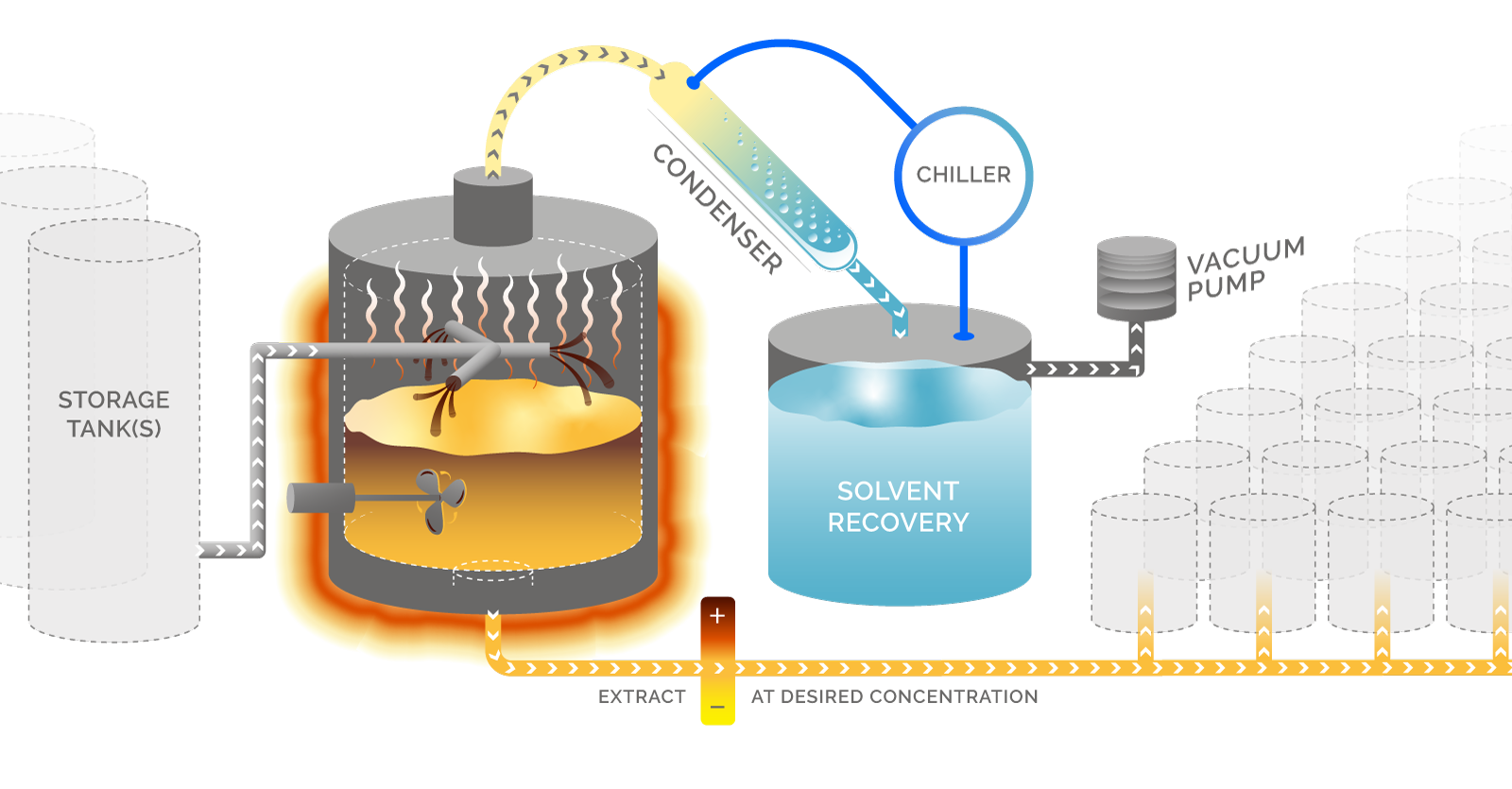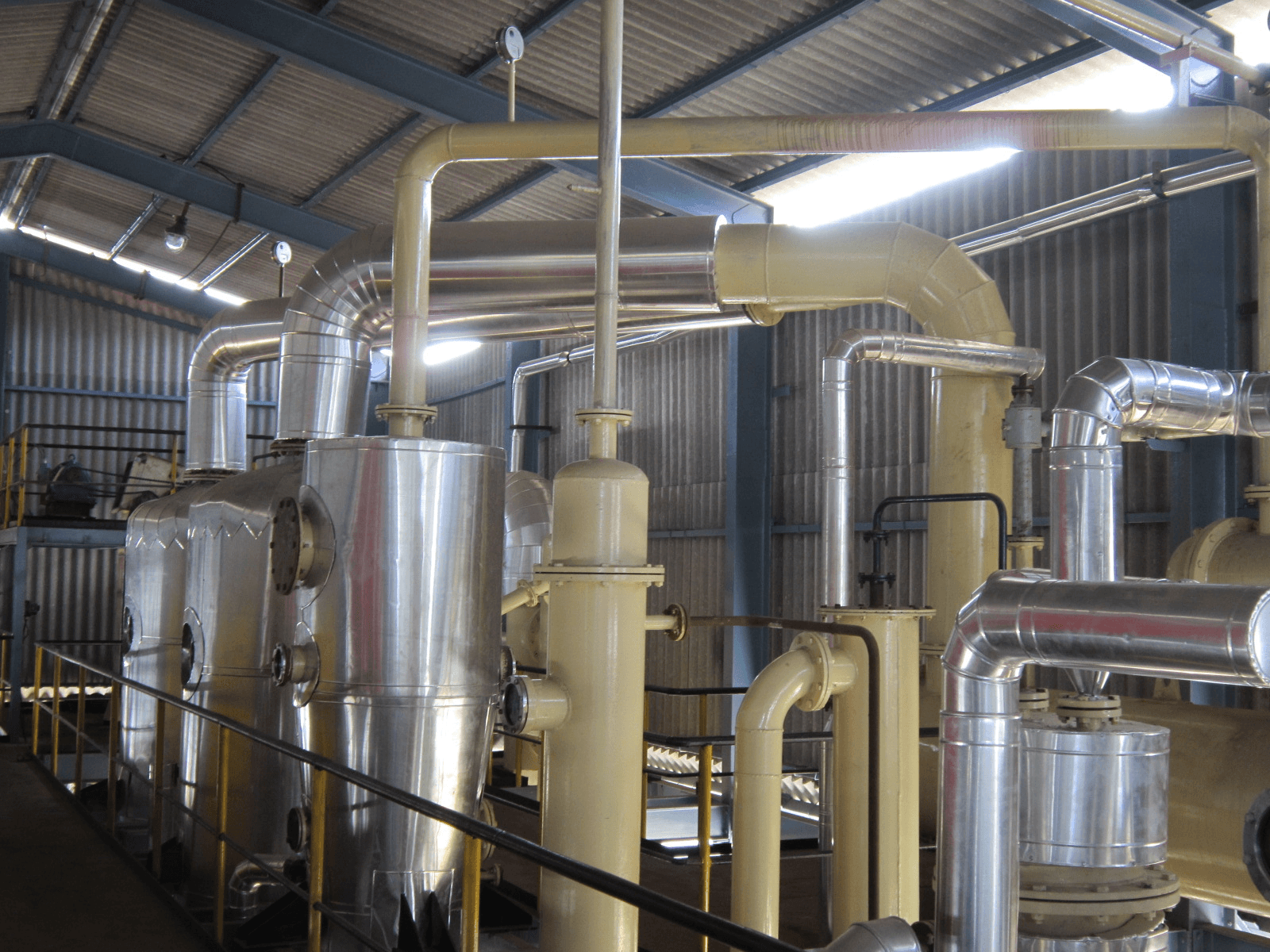

The Greatest Guide To Solvent Recovery Units - Oil Sands Magazine

Our solvent healing systems are often incorporated into a complete closed-loop solvent management system, utilizing PRI's specialized and custom-made Tidy and Dirty Solvent Tanks with feeds. In a closed-loop process, waste solvent is gathered in a Dirty Solvent Tank, then piped to a Distillation System to separate the impurities. Then, pollutants are discarded and multiple-use solvent is automatically sent to a Clean Solvent Tank, which feeds your production procedure. A Good Read to support parts cleaning, paint lines or other making procedures where solvents are used.
Adsorption processes work and versatile tools when it concerns solvent recovery as they can be used with high performance at reasonably low cost in cases in which the wanted element provides either a fairly little or a fairly high proportion of the stream. The applicable adsorbents differ according to different functions. 108,109 Adsorbents with low polarity (triggered carbon, and so on) tend to adsorb nonpolar substances, whereas ones with high polarity (e. g., silica, alumina) have higher affinity to adsorb polar compounds. However, some adsorbents operate via particular binding sites (e. g., molecular screens, molecularly imprinted polymers) instead of easy hydrophilic-hydrophobic interactions.

In organic solvent recycling, the most frequent concern is the elimination of water material. Even traces of water can trigger unforeseen solubility issues, side responses, or the decomposition of a reactant. There are numerous processes to recover wet solvents such as distillation methods or fractional freezing, whereas adsorptive approaches are advantageous due to their low energy intake. Molecular screens (with pore size 3 or 4 ), silica, and alumina are commonly utilized for solvent drying. 110,111 The polarity of the solvent affects the performance of water removal, which reduces with increasing polarity of the solvent. With the appropriate choice of adsorption method, recurring water content between 1 and 100 ppm is generally a practical target.